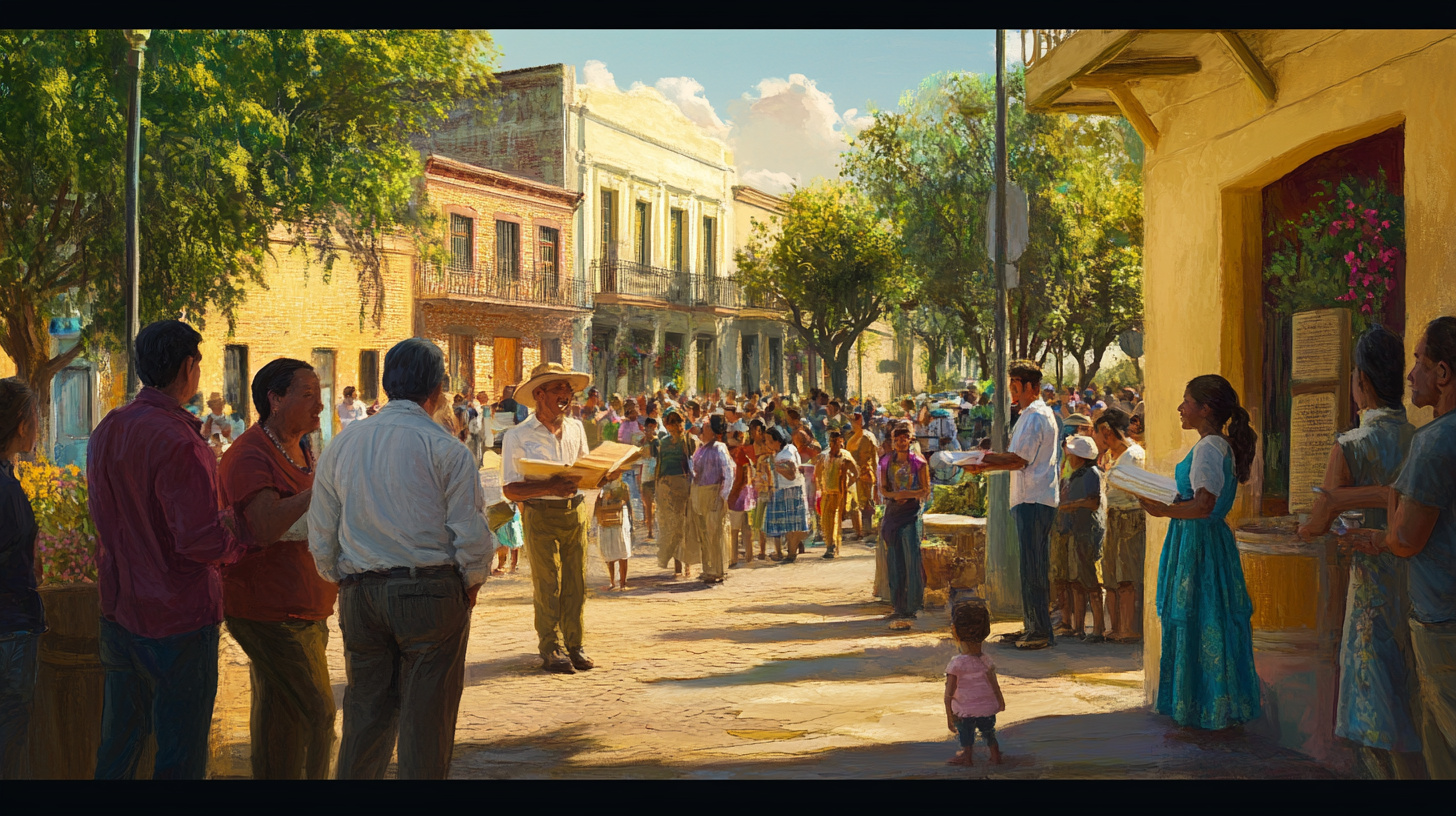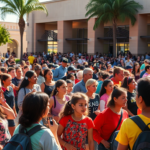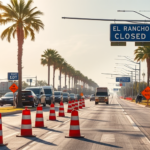Guadarrama: Becoming Bilingual – What Schools Finally Got Right
In a thought-provoking guest column on “Bilingual Frontera,” Dr. Irma N. Guadarrama, a former University of Texas Rio Grande Valley (UTRGV) professor, shared her insights into the evolution of bilingual education and its implications for the communities in the Rio Grande Valley (RGV). The column, accessible through the Rio Grande Guardian, explores the significant strides made in bilingual education and its transformative impact on both academic success and cultural affirmation.
The Evolution of Bilingual Education
Dr. Guadarrama traces the roots of contemporary bilingual education to the revolutionary linguistic theories of Noam Chomsky in the 1950s. Chomsky’s work heralded a paradigm shift that integrated cognitive processes and social interaction in understanding language acquisition. His theories reshaped linguistics and have influenced approaches that support English Language Learners (ELLs), emphasizing the critical role of primary language development.
Over the decades, perceptions of bilingualism have evolved from viewing it as an impediment to recognizing it as a cultural bridge fostering cognitive development and cultural pride. Dr. Guadarrama emphasizes that bilingualism offers a cognitive advantage, a stark contrast to outdated notions linking it to learning disabilities. “Children do not need to abandon their primary language or cultural identity for academic success,” she notes, underscoring the value of “additive bilingualism,” which nurtures a student’s first language alongside English.
Valley Residents and Cultural Affirmation
For the diverse and multicultural communities of the RGV, bilingual education is not just a teaching tool but a celebration of cultural heritage. Historically, the use of native languages like Spanish was often punished in schools, fostering feelings of shame. Dr. Guadarrama recalls the punitive measures in classrooms where speaking Spanish led to physical punishment. Today, however, there is a shift toward integrating traditional stories, music, and cultural elements into education, fostering a sense of pride among students.
“Embracing our languages and cultures has been healing,” says Maria Torres, a Harlingen educator. “Our schools are evolving into spaces where cultural diversity is celebrated, not suppressed, which is crucial for our students’ emotional and academic well-being.”
Local Impact and Community Interest
The push towards bilingual education reflects the socio-cultural tapestry of the RGV. By maintaining and nurturing children’s primary languages, schools create inclusive environments that celebrate the region’s rich cultural diversity. This approach aligns with modern anthropological perspectives that value cultural diversity as an asset rather than a hurdle.
Jose Hernandez, a local anthropologist, highlights the shift towards a relativistic approach in cultural studies, which has had a direct impact on educational strategies. “Recognizing the fluidity of culture allows us to adapt educational practices to acknowledge the unique backgrounds of Valley residents,” he explains.
Connections to Previous Local Events
This push for bilingualism echoes past and ongoing efforts to address educational inequities in South Texas. Over the years, community leaders have advocated for curriculum reforms that embrace linguistic and cultural diversity. These efforts have not only improved academic outcomes but have also strengthened community bonds across generations.
In 2018, a cultural heritage symposium in McAllen addressed the need for educational reform, calling upon local school districts to incorporate bilingual and culturally relevant pedagogy. Dr. Guadarrama’s column reflects the fruits of such advocacy and the region’s dedication to fostering inclusive education.
Future Implications and Resources
Looking forward, the embrace of bilingual education holds promising implications for the RGV’s educational landscape. It presents an opportunity to dismantle barriers while promoting cognitive and cultural richness. As communities continue to advocate for educational reform, collaborations between schools, cultural organizations, and local governments are vital.
To support these efforts, Cameron County offers resources and workshops for educators across the Valley to implement effective bilingual teaching strategies. Local families are encouraged to engage with these programs and seek support from the “Bilingual Frontera” initiative.
Balanced Perspectives
While the benefits of bilingual education are widely acknowledged, challenges remain. Ensuring consistent policy implementation and securing funding are significant concerns. Critics caution against potential mismanagement of resources or the exclusion of non-bilingual students.
Nonetheless, the collective commitment to equity and cultural affirmation continues to drive positive change in the region. As Dr. Guadarrama articulates, “Accessing multiple linguistic and cultural worlds enriches personal and educational experiences, a principle that resonates deeply in our vibrant RGV community.”
In summary, Dr. Guadarrama’s column captures a pivotal moment in the region’s educational journey—embracing bilingualism as a cornerstone of identity, unity, and empowerment for Valley residents across generations.







